Miniprobes – Smart Brain Biopsy Needle To Provide Real-Time Image Guidance To Neurosurgeons
Pictured: Miniprobes smart needle being used in surgery.
Each year over 1,900 Australians are diagnosed with brain tumours1
– the leading cause of cancer-related death in children aged up to 142. Surgical complications can be debilitating, or fatal, and accurate diagnosis is essential to minimising collateral damage. Needle brain biopsies are a standard part of the diagnosis, with over 37,000 brain biopsies performed each year in the US and Europe3.
A needle brain biopsy involves inserting a needle into the patient’s brain to take a small sample of tissue. This tissue is examined, which enables surgeons to accurately diagnose the type of cancer and choose the best treatment. However, inserting a needle into a patient’s brain carries significant risk; two to three per cent of patients suffer permanent disability and one per cent die as a result of this procedure4,5.
Typically, several needle biopsies will be performed to ensure that the surgeon has successfully taken a sample of the cancerous tissue. Each additional insertion increases the risk to the patient.
Safer, faster brain biopsies using a smart needle
To help neurosurgeons perform safer, faster brain biopsies, Miniprobes – a high-tech spin-out from The University of Adelaide that produces fibre-optic imaging devices – is developing a smart needle that can detect when it is correctly positioned in cancerous tissue.
As a recipient of BioMedTech Horizons program funding, Miniprobes set out to evaluate two imaging technologies that could be incorporated individually or in combination into a brain biopsy needle, establish the feasibility of a minimal viable product including manufacturing feasibility, and define a clear way forward to clinical release.
Two technologies were investigated that could be suitable for use in neurosurgery and incorporated into the biopsy needle, optical coherence tomography and fluorescence. This project allowed Miniprobes to build close relationships with surgeons, understand the impact that each technology could have, identify the device that would have the most significant impact in practice, and then build and validate a working prototype.
Through the project, Miniprobes identified that the most clinically compelling device would include the single technology of fluorescence detection to identify when the brain biopsy needle was correctly positioned in cancerous brain tissue. The other technology, optical coherence tomography to identify blood vessels, was less important for the minimum viable product.
The intended use of the Miniprobes device is to integrate a fluorescence detecting fibre-optic probe into a brain biopsy needle to provide real-time image guidance to neurosurgeons.
Accurate positioning of the biopsy needle into cancerous tissue
The patient will be administered a drug that causes the cancerous tissues to fluoresce when the probe is nearby and this will allow accurate positioning of the biopsy needle into the cancerous tissue, which should reduce the risk of taking unnecessary, non-diagnostic biopsies and may remove the need for intraoperative histopathological assessment.
As part of the BMTH project, Miniprobes developed a prototype device to establish the feasibility of manufacturing its smart needle. The team tested this prototype device with brain tissue taken from five patients undergoing brain surgery and working closely with pathologists at the Royal Adelaide Hospital, analysed the tissue and demonstrated that the smart needle could reliably detect when it was inserted into cancerous tissue. The results were shown to correlate well with histopathological gold standard results.
Pictured: right, schematic of the Miniprobes smart needle.
The Miniprobes product development matured through the project with a minimum viable product developed which comprised of a single-use consumable smart biopsy needle and a scanner console comprising optical scanner, computer workstation and display.
Managing Director of Miniprobes, Professor Robert McLaughlin said the team had accomplished the objectives of its BMTH project – creating a device that has the potential to improve outcomes for brain tumour patients and enable surgeons to deliver a higher quality of care.
"Our smart needle can see when it is in cancerous tissue. It helps the surgeon do their job more safely,” explained Professor McLaughlin.
As a result of work undertaken through the BMTH project, Miniprobes has established the requirements for the minimal viable product for its market, as well as technical feasibility of its technology. Importantly, it has also significantly improved its manufacturing capabilities, empowering the team to mature manufacturing processes in fibre-optic technologies.
Moving towards regulatory approval and commercial release
The company has now established the regulatory, quality assurance and commercial paths that will be pursued to take its smart needle device towards regulatory approval and commercial release.
In other exciting news, Miniprobes has received an AUD$1.5 million Cooperative Research Centres Project (CRC-P) grant from the Department of Industry, Science and Resources, which will fund a related project that builds upon the expertise developed within the BMTH project. This new grant will be used to develop a comparable smart needle device for a different application in the livestock industry, which Miniprobes anticipates will be released commercially by the end of 2023.
According to Professor McLaughlin, the BMTH project allowed Miniprobes the resources and time to understand the clinical need and workflow and identify the best solution with a compelling business case. As a result, the company is much more likely to successfully develop a device that will have impact.
“The BioMedTech Horizons program allowed our company to build critical relationships and validate our technology,” he said. “It allowed us to take the next steps in medical device development.”
1. Cancer in Australia 2021, Australian Institute of Health and Welfare.
4. Comprehensive assessment of haemorrhage risks and outcomes after stereotactic brain biopsy. 2001.
